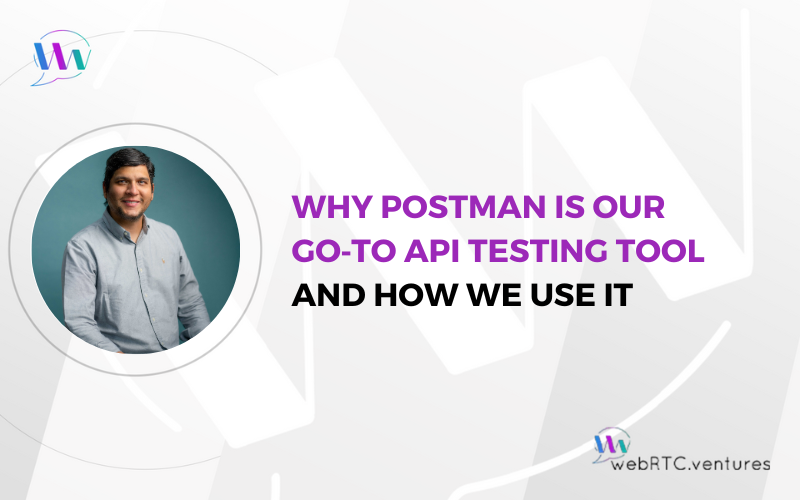
If you’re in the RTC community, you know that WebRTC.ventures excels at assessing, building, testing, and managing real-time communication applications. But what happens when your success leads to bigger ambitions? When you need full engineering teams, not just project-based development? When you’re ready to scale beyond individual

At WebRTC.ventures, quality testing is at the heart of everything we do. Robust API testing is the foundation of reliable performance, especially for WebRTC applications and AI integrations which depend on real-time performance and consistent connectivity. In our QA testing lab here in Panama City, Panama, we

My name is Octavio Alvarado and I study Software Engineering at the Technological University of Panama, currently in my fifth year of my degree. I was part of the UTP’s Professional Internship program, which allows students to join companies according to their skills and profiles. Through this

WebRTC VoIP systems enable voice calling directly through web browsers and mobile apps without requiring any software downloads or plugins. This makes them ideal for customer support platforms, telehealth consultations, sales calls, and any application where you want to add voice communication without asking people to install






